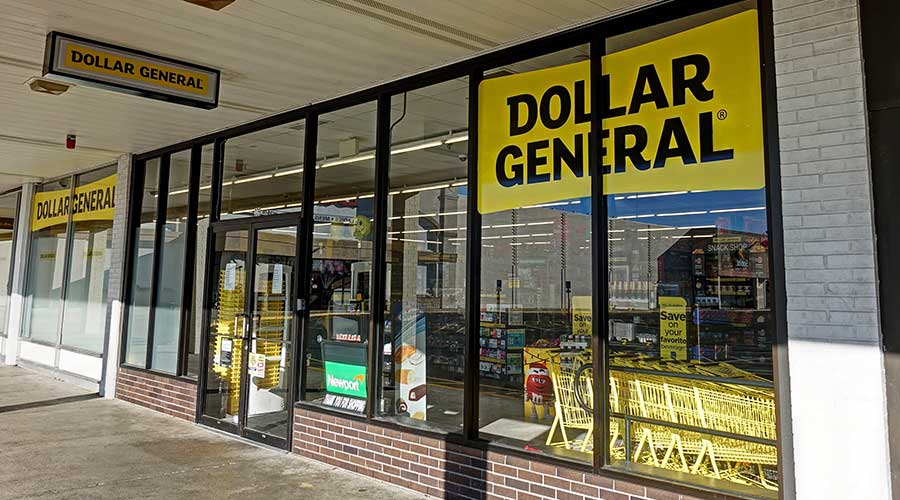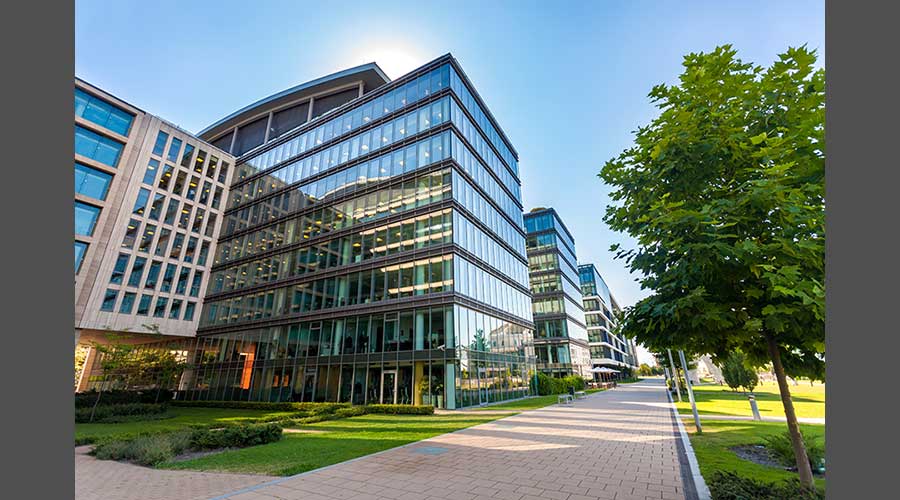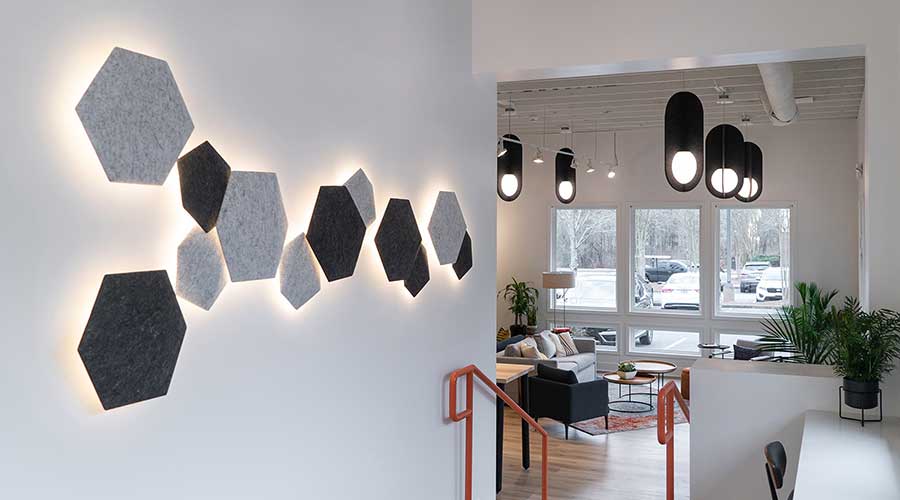
Design Teams Brace for More Sustainable Projects
Managers can realize lower operation and maintenance costs with sustainable design projects. November 7, 2022
By Dave Lubach, Managing Editor
Sustainable designs can help facility managers lower operation and maintenance costs over the long haul and earn LEED points for institutional and commercial facilities.
But in some instances, it’s not always that easy. The words “sustainable” and “design” together still too often can carry the stigma of “too costly,” which is always a consideration for many facilities and the budgets that managers have to maintain.
It doesn’t have to be that way, and according to Daniel Jaconetti, national sustainable design leader for architecture firm HED, it’s not that way.
Jaconetti recently spoke with facilitiesnet about sustainable design about the options managers have when looking to take on projects with a sustainable theme. What follows is an edited version of that interview.
FacilitiesNet: When some facility managers hear phrases like sustainable design, it’s viewed as a costly expense and first thoughts are, “this is going to ruin my budget.” Why do people get that impression?
Jaconetti: I think there’s some historic reasons for that, a lot of which comes with the fear of the unknown, and just the thinking that something different, new or innovative automatically costs more. Some of that was perpetuated by contractors, to where if a contractor didn’t have knowledge of sustainability, or a vendor didn’t have knowledge, and you asked for something better, they would automatically throw more money at it, to discourage you from going down that path because they didn’t know what to do. That’s really changed. All the people together – designers, architects, vendors, have really been working as a team and been upping their games when it comes to high performance and sustainability. That sort of unknown is gone now. Ecologically friendly material is actually slightly cheaper now. It has really changed the last few years, but we have to debunk that that. There are people in this profession a really long time, that still here new, innovative, higher performing and think, "if I want the nicer car, it’s going to cost more." But it doesn’t necessarily mean that.
FN: When managers are looking at doing a retrofit and incorporating LEED into the project, what should facility managers be doing, and where should they start?
Jaconetti: LEED is one of the most popular if not the most popular sustainability certification system. But it’s one of many, and it has very particular idiosyncrasies. … What we like to do for every major project is have a goal-setting workshop at the beginning with all of the stakeholders, clients, and design team to really go through that framework, using that tool to understand what’s important to people in the different categories.
FN: How do you get building stakeholders to realize the maintenance benefits from doing sustainable projects?
Jaconetti: We work across a lot of project types and I would say in almost all of them, durability and ease of maintenance is top of mind for the clients, and subsequently the design team, especially in the education space and the healthcare space. So, making something more durable and have a longer life and is easier to maintain is a sustainability strategy. People don’t realize that but it is. A classic example is something like VCT (vinyl composite tile) floor tile, where it’s durable and it’s cheap. But when you look at a lifecycle analysis that includes the maintenance which involves stripping, waxing, buffing and scrubbing and you look at that compared to linoleum that doesn’t need all the extra work. Even though it’s a little bit more upfront cost, you have to realize that there’s a sort of an inextricable tie between the maintenance, durability and sustainability.
FN: Some building stakeholders are always looking at new buildings as the answer for better efficiency when the best option is to retrofit an older building. How you can you convince stakeholders a new building isn’t always the best option?
Jaconetti: I don’t think it’s a hard sell to make. However, it’s all about timing and opportunity, because a lot of times a client doesn’t engage an architect until they’ve already made the decision on a site. If a client comes up to us as a trusted advisor early, and this happens, less than 50 percent of the time, but it happens, and they’ll say, they want us to help pick a site. Then we have the opportunity to convince them and it’s not that hard to do. But a lot of times the client will come to us and say they’ve bought this piece of property and we tore down the building, and it’s a dirt lot. “Can you design this new building?” And we tell them it would have been great if you would have talked to us before you tore down the building, because maybe we could have helped you see that it was actually a valuable asset and didn’t need to be torn down.
FN: What are some aspects of sustainable design that facility managers and building owners should be considering with projects?
Jaconetti: I think the big thing is to understand the breadth of experience of your design team, and start conversations early, be inclusive and talk big picture. Come and have an open conversation but don’t necessarily come with preconceived notions. Don’t assume doing something more sustainable is more expensive.
Be specific. Say you would like to have a higher performing mechanical system, but what are the cost impacts of that, and let us use data modeling to prove it. I think cooperation between many stakeholders is important. Sometimes they don’t want to have too many stakeholders at the table, but having a cross section is really important. If you’re designing a school, it’s kind of important to understand how the students are going to receive it. If you’re designing a workplace, I know as facilities people, you make decisions on behalf of the people who are going to be occupying it. But if there are things you didn’t think of based on their experience, it’s a missed opportunity. And then you’re dealing with complaints later, so it’s good to be inclusive and have all the stakeholders at the table. And that’s what’s great about doing a goal-setting workshop early in the project. You can hire an architect to do a concept study, and give you the time to learn about what the potential is before you make the decision, we’re going to do a full building or renovate a new building. You never know where the best idea is going to come from.
Dave Lubach is the managing editor of the facilities market.
Next
Read next on FacilitiesNet












